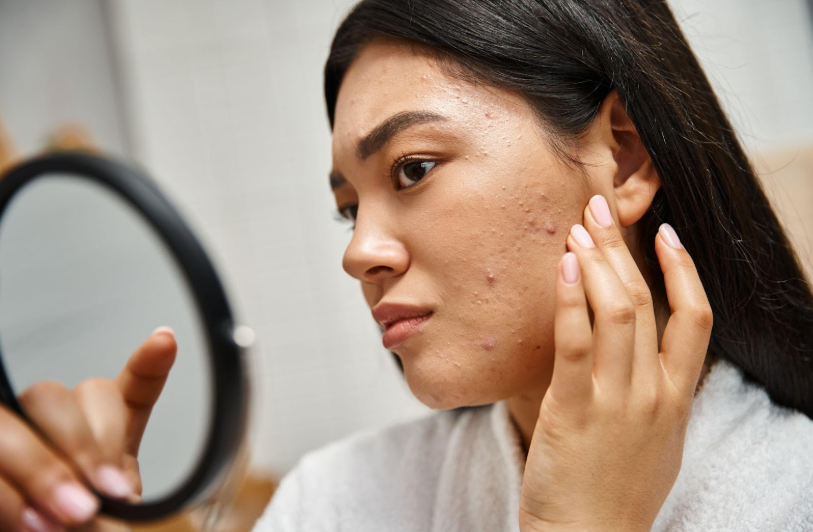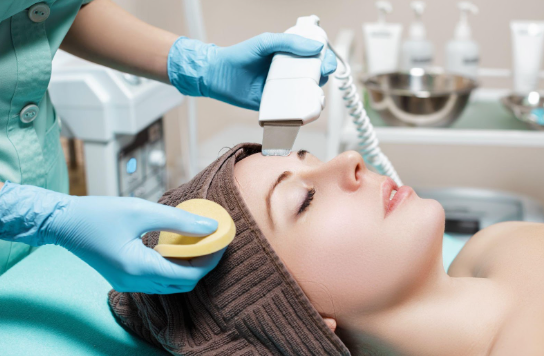Dark circles under the eyes are a common problem, but their cause may not be so simple. Before choosing a treatment option, it is important to establish what may be the foundation of the discoloration. In many cases, the reason may be due to several factors.
In younger patients, common causes include seasonal allergies, lack of sleep and genetics. Genetics and seasonal allergies often run hand in hand. Many patients are born predisposed to allergic reactions and some of these patients have a condition known as atopy. Patients with atopy have a somewhat over active response to common allergens. This predisposes them to itchy eyes, runny nose, and skin problems like eczema. The more your eyes itch, the more you will rub them. The more you rub them, the more the skin will respond. The response is typically darkening and sometimes thickening of the surface of the skin. Thus, patients with a tendency towards atopy must control the itch scratch cycle in order to prevent this response. Some people inherit their dark circles. Darker skin around the eyes can run in families and may not be the result of any outside influence.
Skin of color is particularly susceptible to unwanted darkening. Even the slightest irritation, be it mechanical, allergic, or otherwise, can lead to the deposition of extra pigment. This process is known as post-inflammatory hyperpigmentation and can be treated medically if desired. Sun exposure can also lead to unwanted darkening.
With regard to sleep, lack of sleep can lead to the appearance of a temporary darkening of the skin. This is not a direct effect, but a result of lack of sleep on the appearance of the surrounding skin of the face. This effect is typically transient, but may worsen with time. How you sleep is just as important. Positioning yourself to avoid eyelid swelling is very important. Mild elevation of the head utilizing an ergonomic approach, such as a wedge under the mattress, can help with this.
The normal aging process contributes significantly to dark circles around the eyes. Redundant skin accumulates and gives the look of dark circles. Simply stretching the skin often lightens the appearance and is a simple test to see if extra skin is a cause of your dark circles. In addition to extra skin, thinning of the skin around the eyes can make the underlying vessels more apparent and thus lead to the appearance of darkening. Loss of fat in the fat pad that sits just below the skin of the lower eyelid can create the appearance of sunken eyes, creating a shadow that makes the skin look darker.
Treatment of dark circles under the eyes involves identifying the cause. As stated above, this may be a single insult, or multifactorial. Your doctor can help identify the likely causes and you can do some detective work and observation yourself. Once these triggers have been identified, a treatment plan can be developed. This can range from simple medical management, to surgical treatment involving chemical peels, lasers or surgical removal of the redundant skin.








